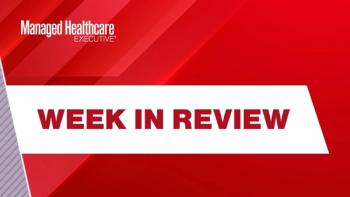
Social Networks Move into Behavioral Health
Healthcare executives have a unique opportunity to stand up against harmful material on social media platforms.
Pinterest, a well-known social network where people can find inspiration and ideas for interests and hobbies, made a move to remove posts related to self-harm. As a result, user reports on that type of content decreased by
Pinterest also launched a feature called “
Similarly, back in April 2018,
“People naturally find ways to get support and encouragement for things going on in their lives,” says Romas Buivydas, PhD, VP of clinical development at Spectrum Health Systems, a nonprofit, with over 50 years of experience treating addiction and behavioral health, based in Massachusetts. “Today, social media is the biggest outlet for people to seek support groups and like-minded individuals. But, sometimes those ‘support groups’ and like-minded people are doing more harm than good.”
Related:
Similar to
People with serious mental illness face barriers to mental health treatment and are often reluctant to seek professional help, especially if they have a co-occurring disorder, meaning they may struggle with any combination of addiction, depression, anxiety, PTSD, etc., according to Buivydas.
“Many people are instead seeking support and information regarding their illness via the internet, especially on social media,” he says. “These individuals may have conditions that can affect their ability to actively participate in their communities and/or build positive social relationships. Social media allows people with and without disabilities to connect with friends and family who are near and far. People struggling with serious mental illness can use social media to communicate with friends, find peer support, or receive health-related information. Indeed, social media can also support people with severe mental illness and their care teams as a positively oriented tool to find support and connect with events and opportunities in their community.”
“Healthcare executives have a unique opportunity to demonstrate their leadership prowess by standing up and taking notice of harmful material on social media platforms by becoming conscientious objectors and sharing their objections with their staff, their organizations, and at industry trade conferences,” says Buivydas. “This kind of role-modeling can be a very powerful leadership tool that can help change and shape organizational culture change regarding social media, its benefits, and its potential detriments.”
Newsletter
Get the latest industry news, event updates, and more from Managed healthcare Executive.

















































